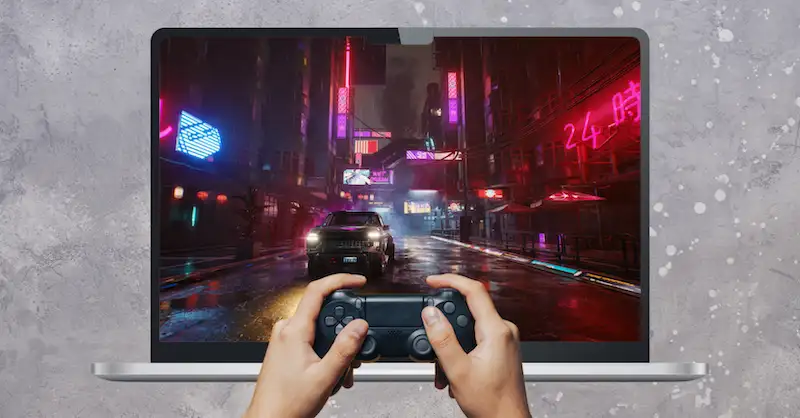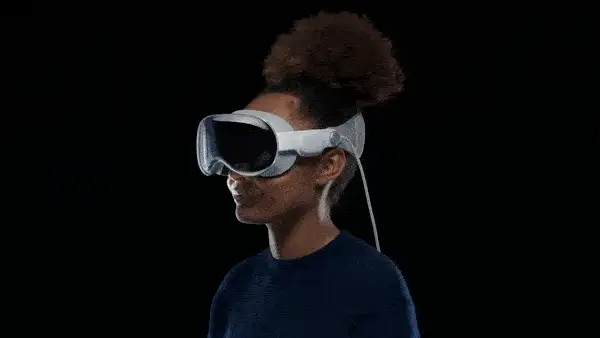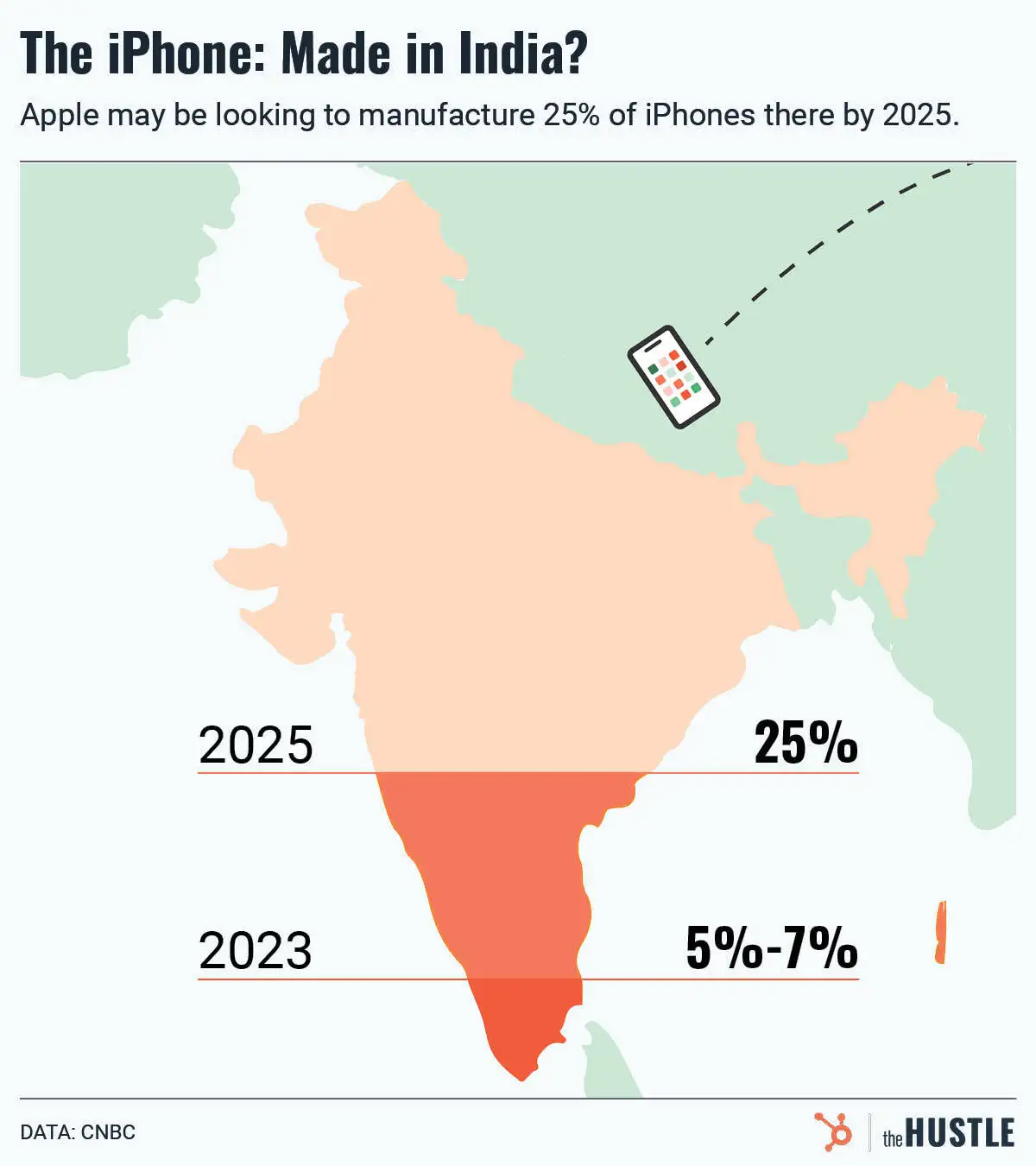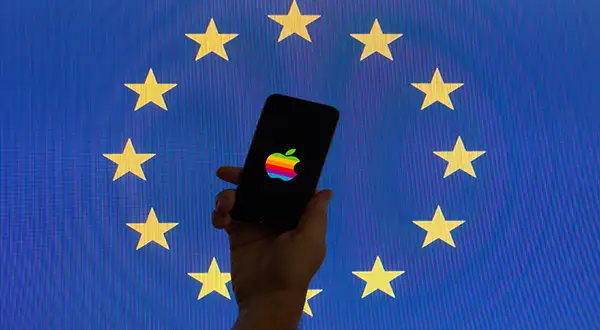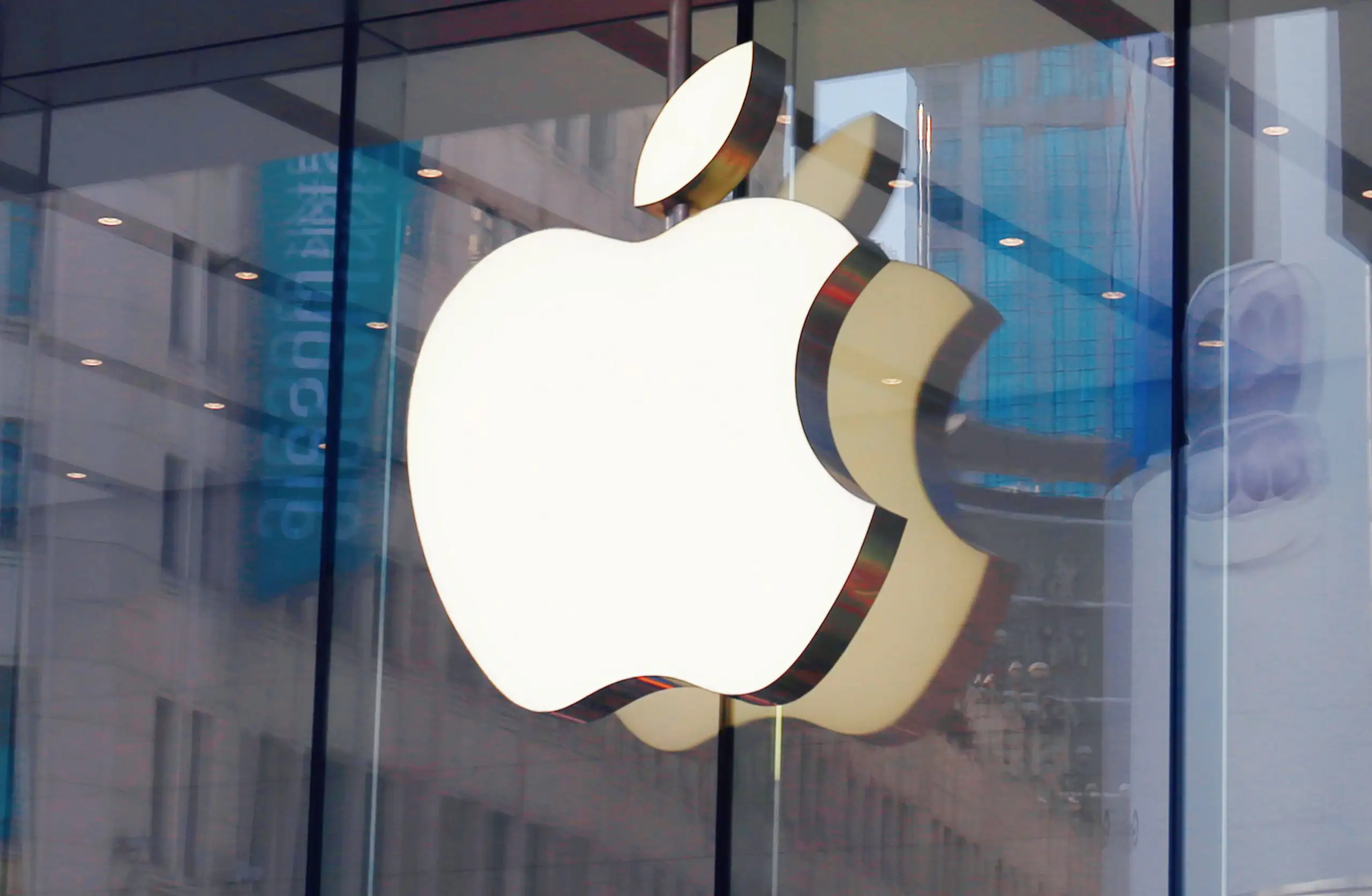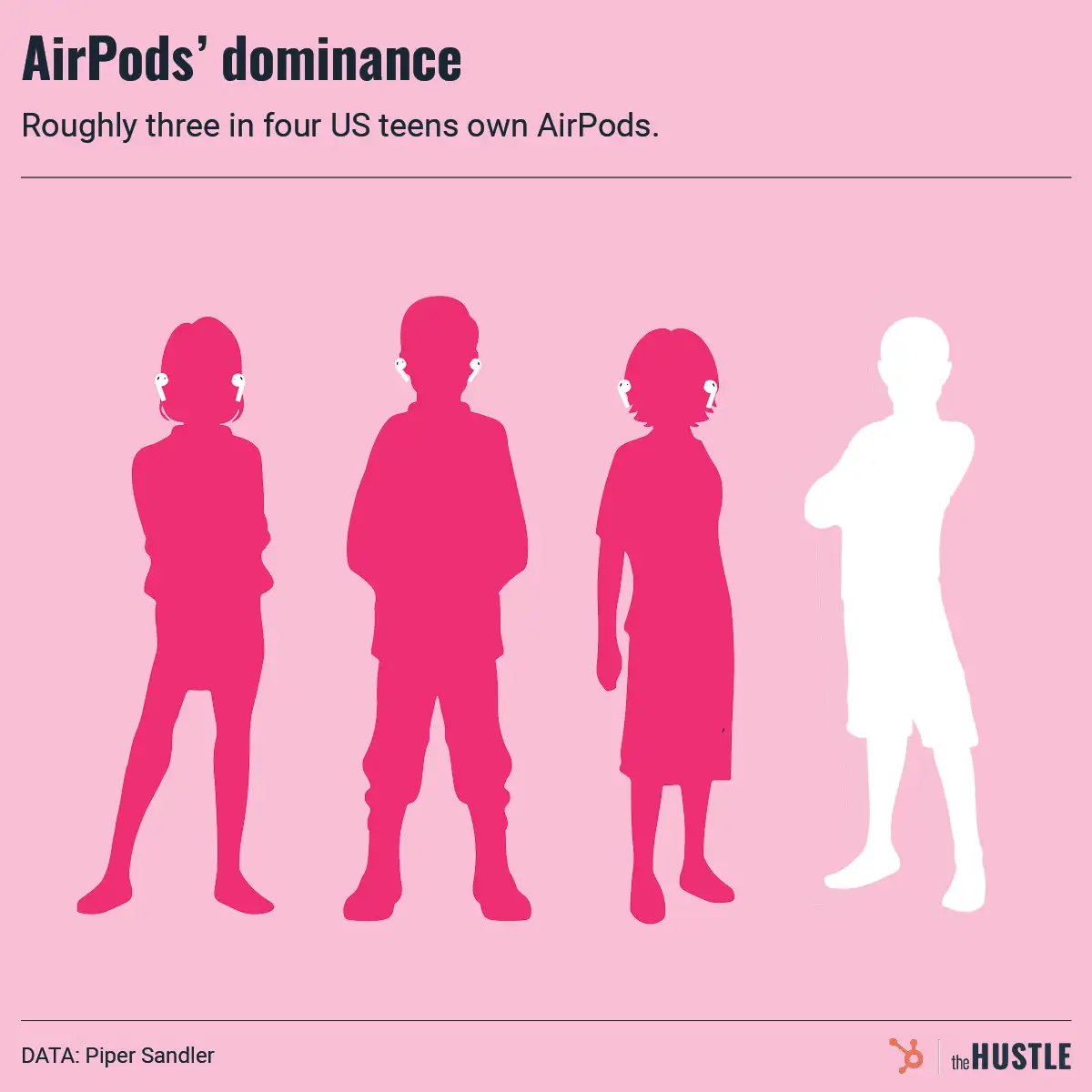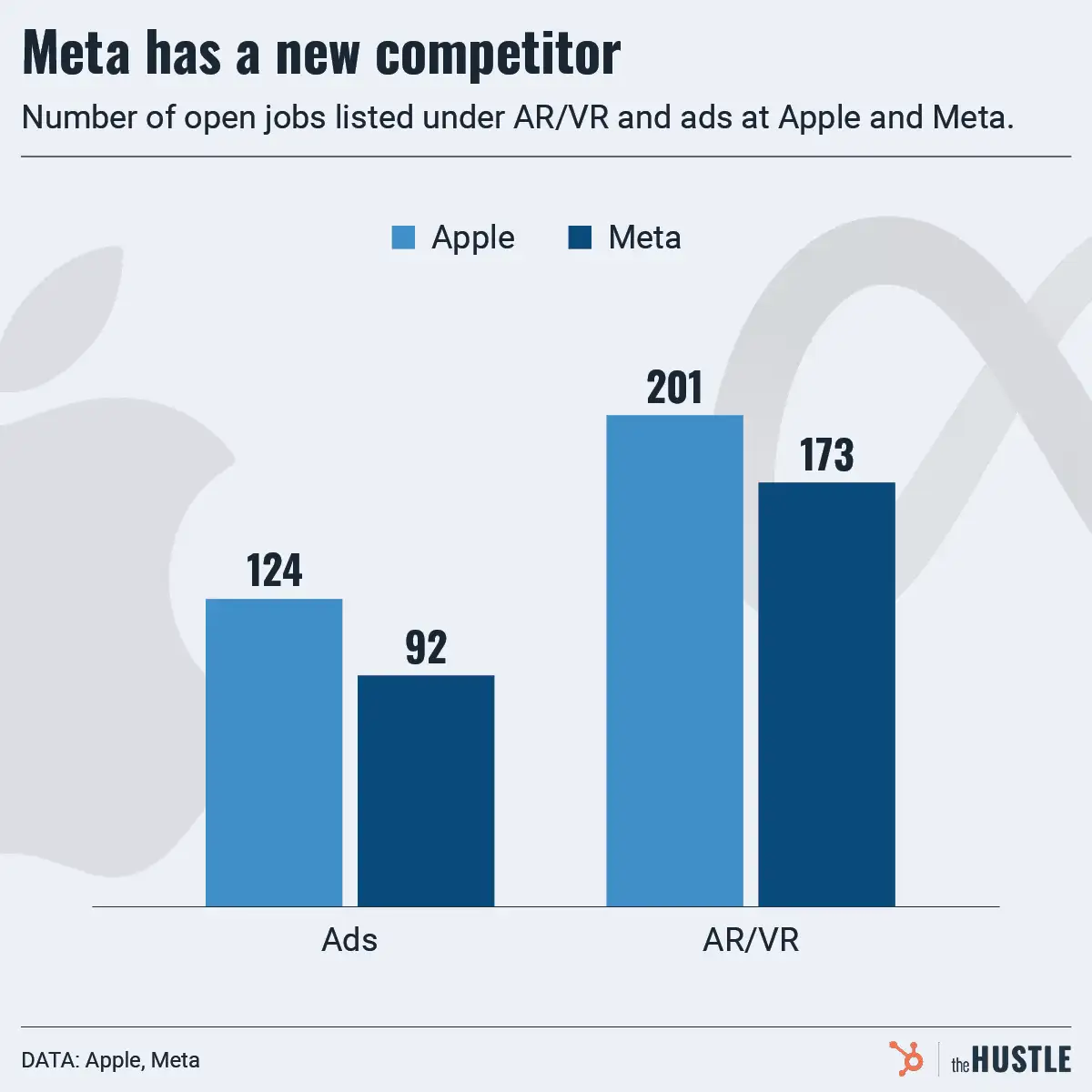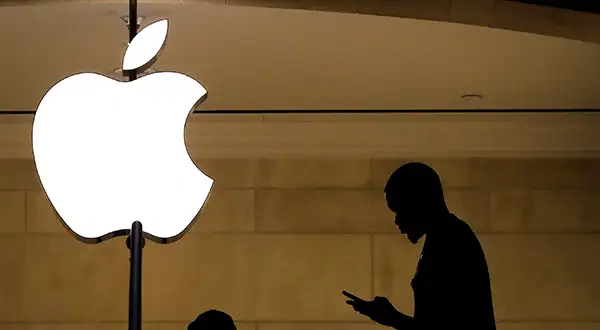The Apple AR glasses are unofficial mock-ups from The Wall Street Journal
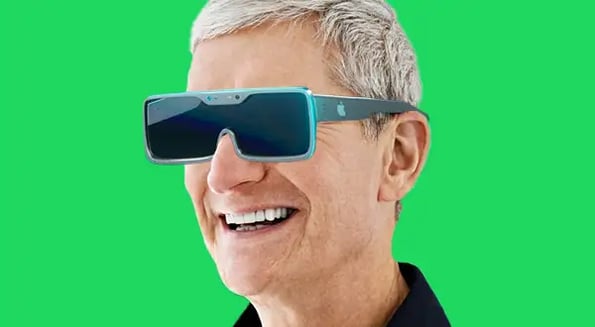
Apple made a comically large $365B+ in the 2021 fiscal year.
At that level, there are very few business lines that can really move the needle for the company (its $19 polishing cloth won’t do it).
Augmented reality (AR) glasses…
… could be one answer. According to The Wall Street Journal’s Christoper Mims, the eyeglasses market is worth $150B a year.
A number of tech companies have tried — and mostly failed — to crack the consumer glasses market:
- Google launched Glass in 2013, but a big price tag ($1.5k) with no specific use case hampered the rollout. People wearing them were called “Glassholes,” so that prob didn’t help either (the line discontinued in 2015).
- Snap announced Spectacles in 2016, but a botched rollout killed the hype. Only 0.08% of its users ever bought them.
- Meta (AKA Facebook) partnered with Ray-Ban for its Stories glasses. These are mostly for photo taking, but the Facebook brand has huge privacy baggage (the product completely avoids the “FB” name).
Here’s why Apple is set up for success
According to Mims, Apple AR benefits from:
- The iPhone: A challenge for AR glasses is to create a light product that also packs computing power. By offloading processing functions to an iPhone (like it does with Watch), Apple can strike a balance.
- Custom chips: Apple has spent 10+ years creating its own computing chips, which are optimized to provide high performance on low energy consumption (a crucial trade-off for portable glasses).
- Upscale brand: Eyewear is intertwined with the fashion industry. To convince people to put something on their face, it better look good. Apple’s design history suggests they can pull it off (and it makes sense as a potential entry point into the metaverse).
Apple has yet to make an AR announcement, but Apple Insider says the product could come out by the end of next year. If it does, that $19 polishing cloth better work on glasses.
Topics:
Apple


